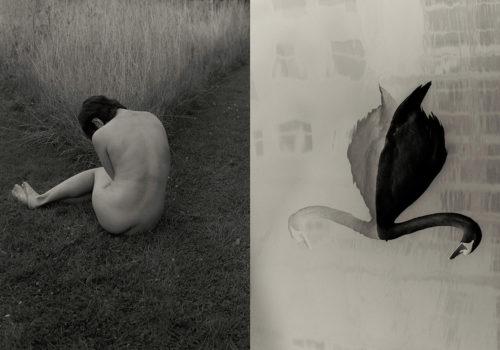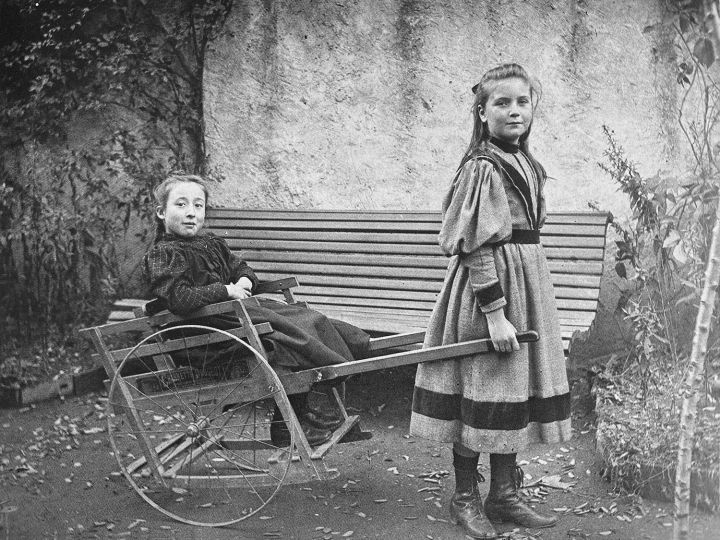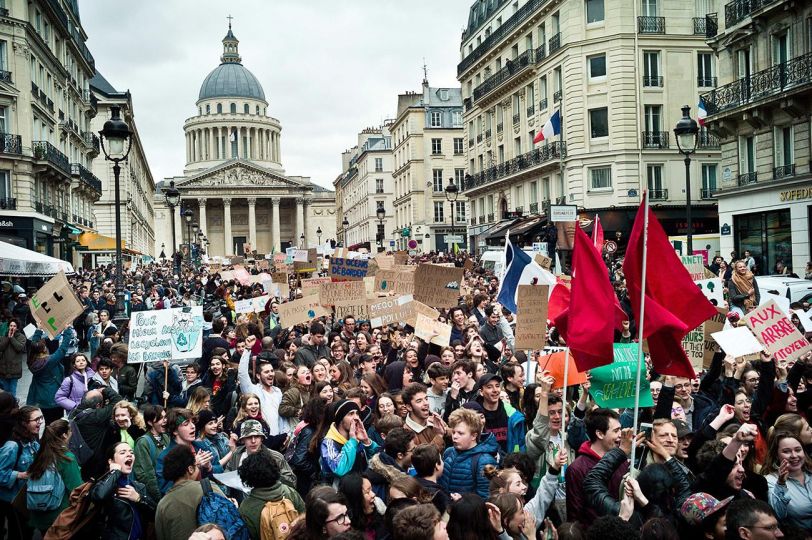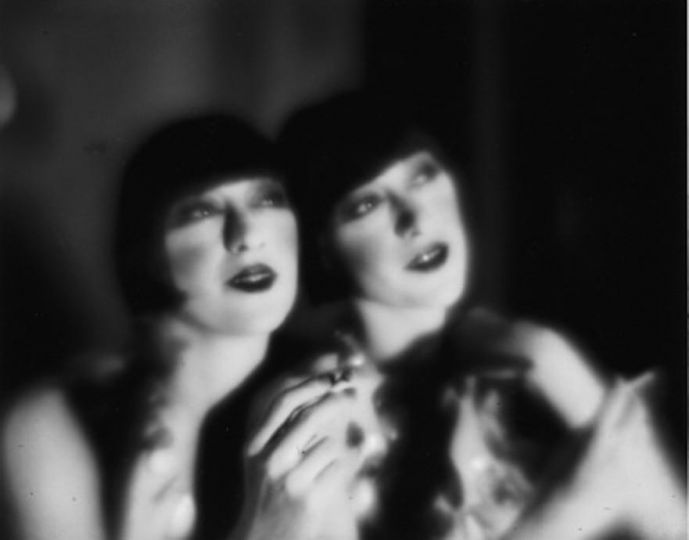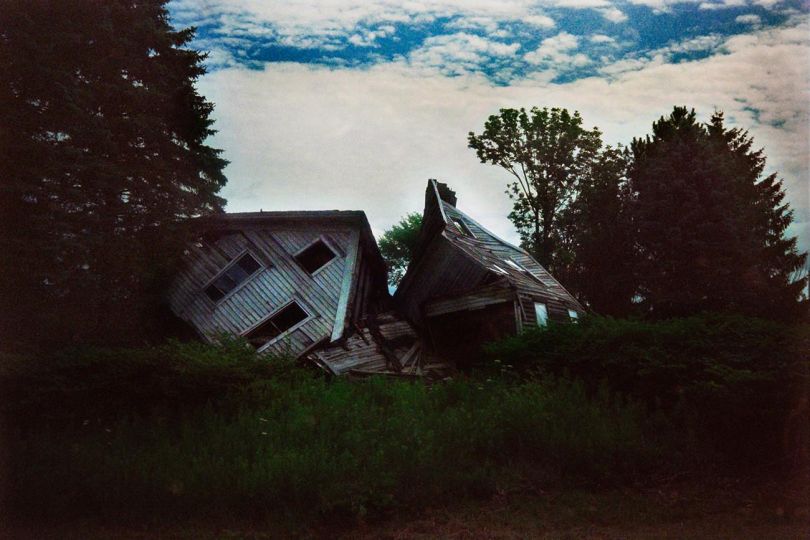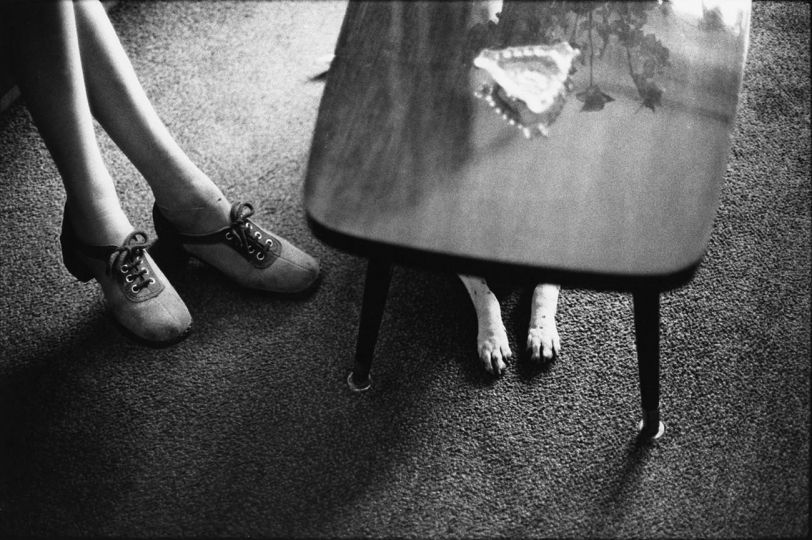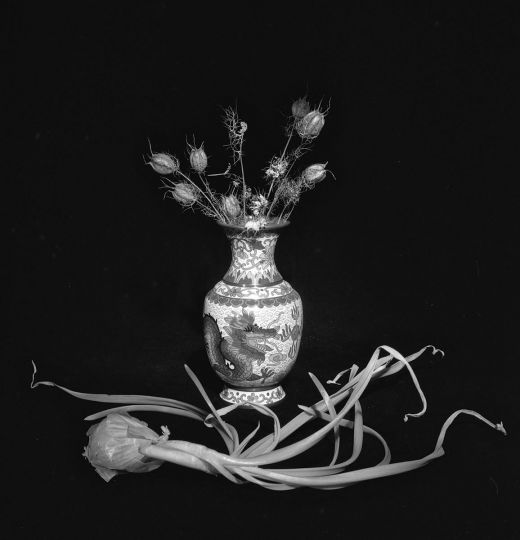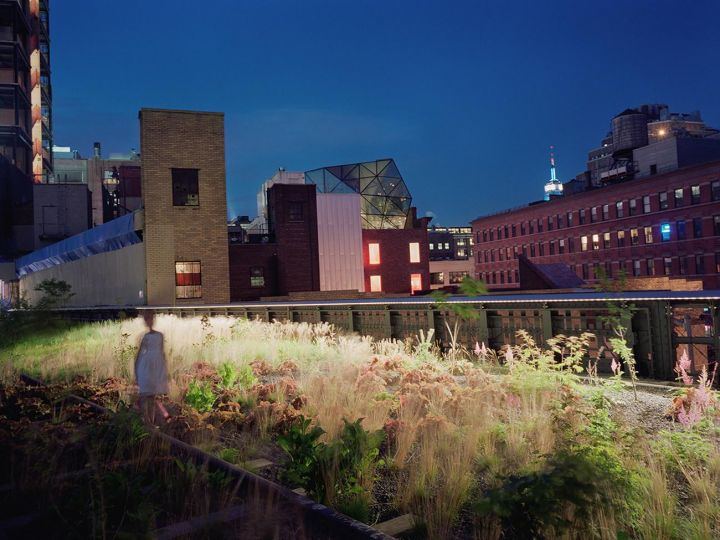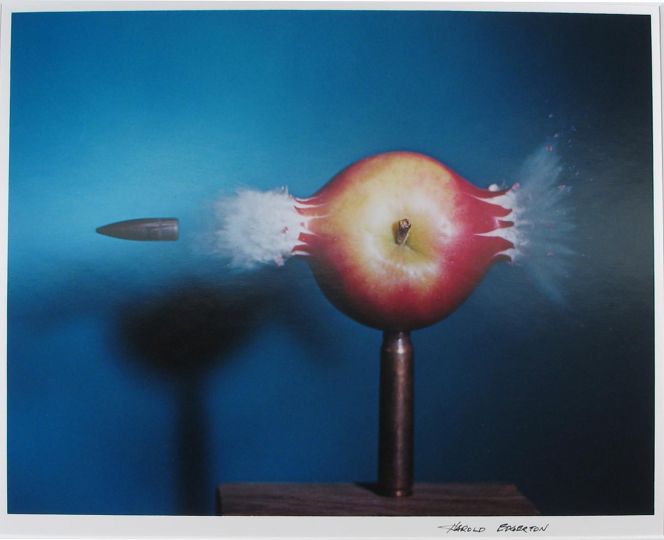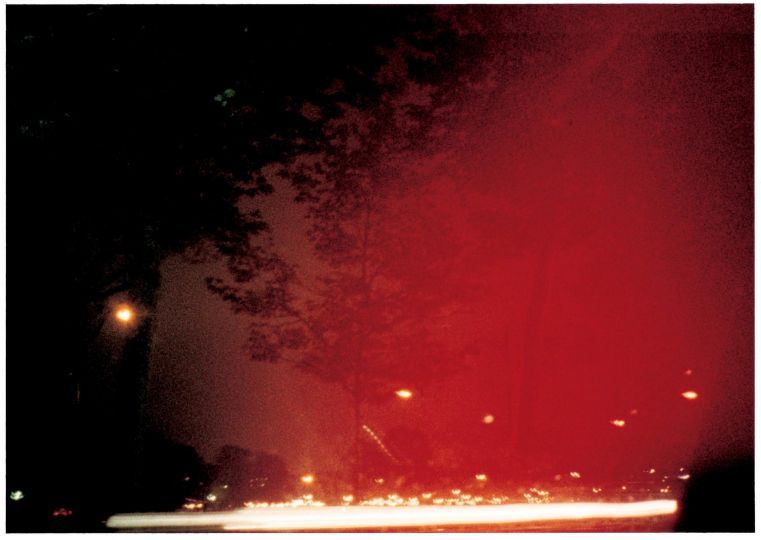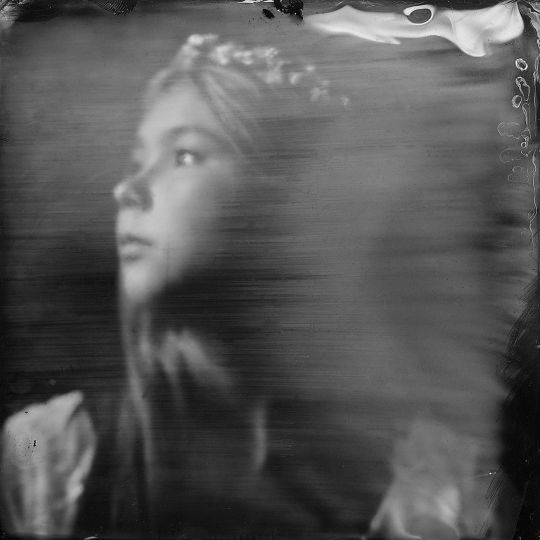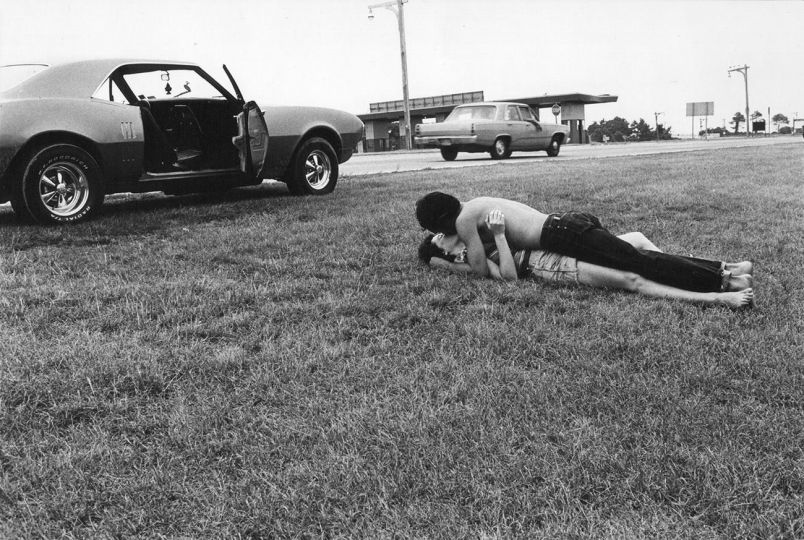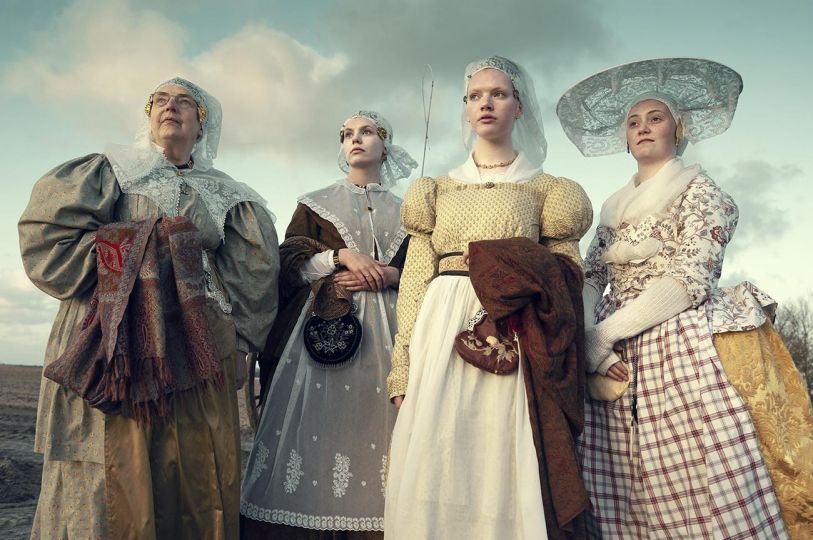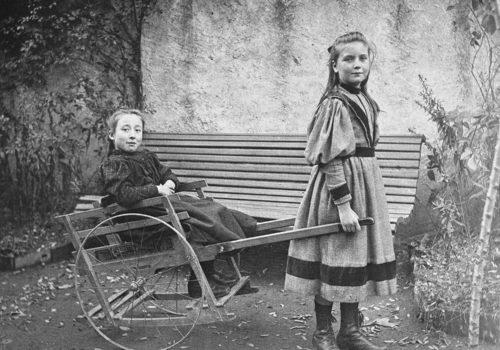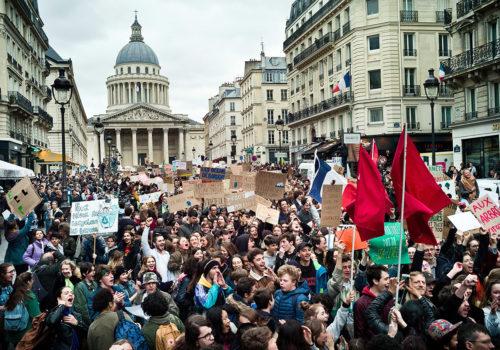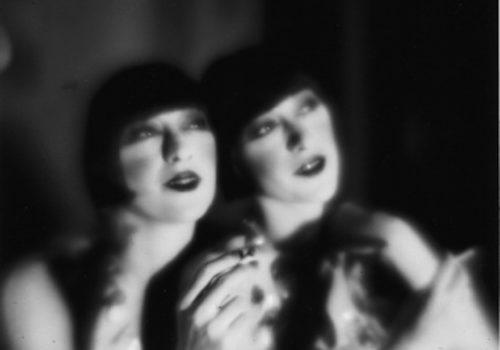Photographer Sayuri Ichida presents “Transiənt” at the Daiwa Foundation in London.
Originally from Fukuoka, located on the island of Kyūshū in the south of Japan, the Ichida family had to go to the northern central part of the country for professional reasons. Later, the young Sayuri then moved on to study photography at Tokyo Visual Arts College (2006) and, once she graduated, began working as a studio assistant. Barely twenty and wanting to study English, she moved to London in 2009 and learned to photograph fashion. Three years later, she worked in New York as a photo retoucher, still in the fashion industry. Dissatisfied and having begun personal research into identity, the temporality of life and the experience of time, she moved away from commercial photography, and later returned to live in England where she now resides again.
After a beginning recognition, the Japan Photo Award in 2016, numerous exhibitions followed, at the PHMuseum Lab in Bologna, the InCadaqués festival, the Breda Photo Festival or her presence at Paris Photo (and Art Paris) for three years, represented by the Ibasho gallery in Antwerp, Transiənt is however her first personal exhibition in London, which is offered at the Anglo-Japanese Daiwa foundation. Interview.
Jean-Jacques Ader: How were your first artistic works born?
Sayuri Ichida: My series Absentee was created during the 2020 lockdown in New York, a depressing time, especially since I had already lost my mother. I was alone in a small apartment, but I made a point of going out in the evening to photograph factories and industrial buildings at night, with their sharp geometric lines. Also, to counterbalance this rigor I used my body as a model, for its soft lines. I never imagined taking self-portraits, but my own body was the only one at my disposal. This project allowed me to be creative and get through this difficult time.
The formality and rendering of your images seem related to their content
SI: When developing this project I didn’t have a message in mind to convey; and in the end, I realized that the shapes and curved lines of my body represented a representation of the emotional state that I felt at that moment, compared to the strict and anxiety-provoking shapes of buildings or everyday objects. Compared to my more recent work, this series is quite dark; the straight and rigid lines of the shapes representing my fears, and my body representing the expression of my emotions.
Your second series “Ctrl shift+J” also presented at the Daiwa foundation is more graphic in form.
SI: Yes, and that’s intentional. I added lines or graphic signs to the images. This project represents my journey towards the place where I belong. My family had to travel around Japan a lot when I was a child, due to my father’s job. I grew up in different regions of the Northeast, while we came from the South of the country. Then, I myself left Japan for London, then I went to the USA to finally return to England. So I feel like I’m out of place, and even when I came back to Fukuoka I didn’t feel like I was coming home. I still have to think about renewing my residence visa now.
Your photographs are sometimes printed in negative, alongside positives, is this to show the dark side of things?
SI: It’s more to show both sides of things; good and bad, black and white, cold and hot. I try to play on this duality in my work, and negative images are a good way to highlight it, especially for Absentee where I wanted to evoke opposing feelings.
A word on “Transiənt” (Transient) the name of your exhibition in London?
SI: Yes, I had to find a word that suited the two series of photos, and the common point being undoubtedly in the meaning of my life, and the ephemerality of existence, this word Transitory corresponded well to the two series of images.
Do you view your inner world as a refuge?
SI: Um… I don’t think so. I see it more as a walker, who wanders without really finding a destination. This inner feeling is always present in me, when I return to Japan I feel like a foreigner in my own country. To work on Ctrl shift+J I used photos from family albums, images of buildings, landscapes, my own body; It’s a real assembly of all that that I know and use to try to build my personal journey.
Jean-Jacques Ader
Sayuri Ichida: Transiənt
from January 29 to March 7, 2025, free entry.
Daiwa Anglo-Japanese Foundation
13-14 Cornwall Terrace Mews, Outer Cir,
London NW1 4QP, United Kingdom
https://dajf.org.uk/
Publication of the book Absentee at The(M) éditions (Paris)
https://themeditions.com/

